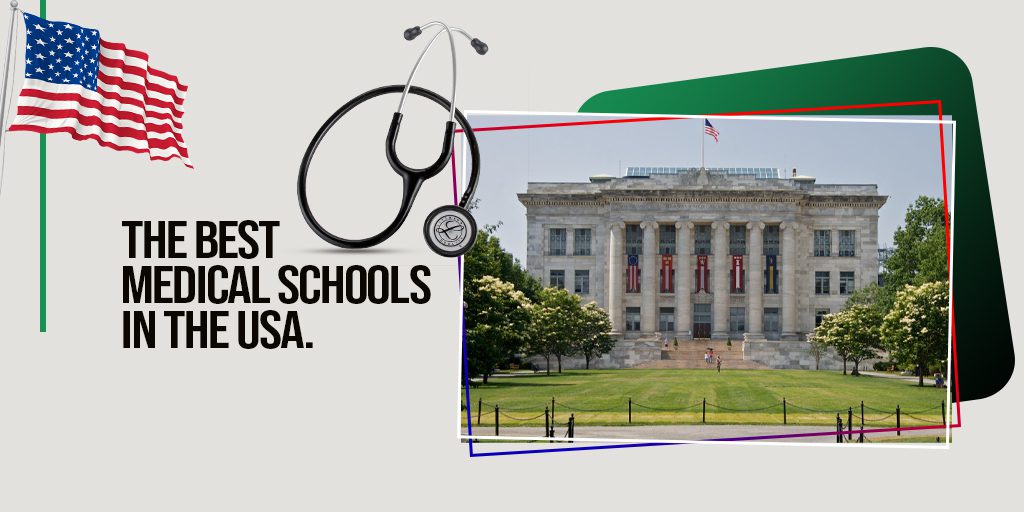Studying in the United States is a dream for many students worldwide. However, obtaining a U.S. student visa can be a complex process. This detailed guide will help you understand everything about acquiring a student visa for the USA, from eligibility requirements to the application process.
Types of U.S. Student Visas
There are three main types of U.S. student visas:
- F-1 Visa – For academic studies at accredited U.S. colleges, universities, high schools, or language training programs.
- J-1 Visa – For exchange programs, including government-sponsored or cultural exchange programs.
- M-1 Visa – For non-academic or vocational studies.
For most students seeking higher education in the U.S., the F-1 visa is the most common.
Step-by-Step Process to Get a U.S. Student Visa
Step 1: Get Accepted by a SEVP-Approved School
Before applying for a student visa, you must first secure admission to a U.S. institution approved by the Student and Exchange Visitor Program (SEVP). Once accepted, you will receive a Form I-20 (for F-1 and M-1 visas) or Form DS-2019 (for J-1 visas).
Step 2: Pay the SEVIS Fee
After receiving Form I-20 or DS-2019, you must pay the Student and Exchange Visitor Information System (SEVIS) fee online. The current fee is $350 for F-1/M-1 visas and $220 for J-1 visas.
Step 3: Complete the DS-160 Visa Application Form
Visit the Consular Electronic Application Center and fill out the DS-160 online application form. After completion, print the confirmation page for your visa interview.
Step 4: Pay the Visa Application Fee
The visa application fee is $185. You must pay this fee through your local U.S. embassy or consulate’s designated payment system.
Step 5: Schedule a Visa Interview
You need to schedule a visa interview at the nearest U.S. embassy or consulate. Interview wait times vary by location, so apply early.
Step 6: Gather Required Documents
Prepare the following documents for your visa interview:
- Valid passport (valid for at least six months beyond your intended stay in the U.S.)
- Form I-20 (for F-1/M-1 visas) or Form DS-2019 (for J-1 visas)
- DS-160 confirmation page
- Visa application fee receipt
- SEVIS fee payment receipt
- Passport-size photograph (as per U.S. visa photo requirements)
- Academic transcripts, diplomas, degrees, or certificates
- Financial proof (bank statements, scholarship letters, or sponsor affidavits)
- Proof of strong ties to your home country (family, job, property, etc.)
Step 7: Attend the Visa Interview
At your visa interview, a consular officer will ask questions about your study plans, financial situation, and intent to return home after your studies. Answer honestly and confidently.
Step 8: Visa Approval and Processing Time
If approved, your visa will be stamped in your passport. Processing times vary, but usually take a few days to a few weeks.
Step 9: Prepare for Your Journey to the U.S.
Once you receive your visa, you can make travel arrangements. You may enter the U.S. up to 30 days before your program start date.
Common Reasons for U.S. Student Visa Rejection
Your visa application may be denied due to:
- Insufficient financial proof to support your studies
- Lack of strong ties to your home country
- Inconsistent answers during the visa interview
- Poor academic records
- Suspicious travel history
Tips for a Successful U.S. Student Visa Application
- Apply early to avoid delays.
- Be confident and truthful in your interview.
- Prepare all required documents in advance.
- Show clear intent to return home after your studies.
- Have strong financial backing.

